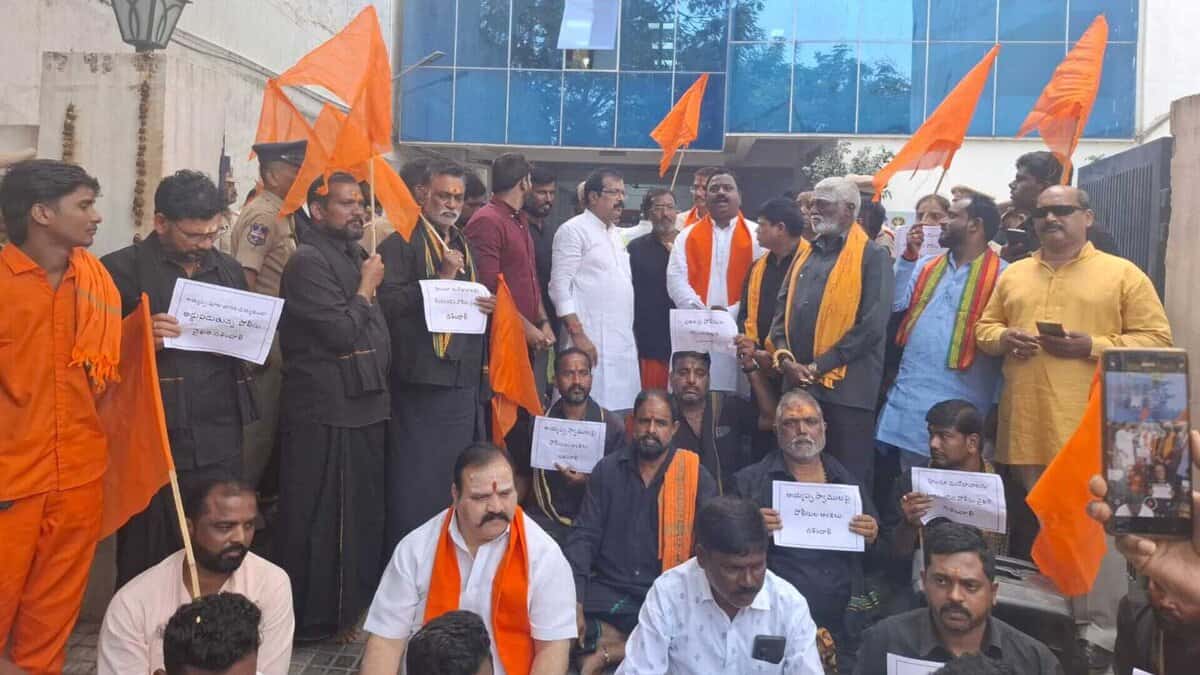Mumbai: Mumbai woke up on Thursday to a mild and cooler morning, with minimum temperatures dipping just below 23°C. But what initially felt like a refreshing start quickly turned unsettling as commuters stepped out to find the city engulfed in a thick layer of smog. Early-morning crowds reported reduced visibility, irritation in the eyes and throat and breathing discomfort.
What began as a pleasantly crisp morning soon served as yet another reminder of Mumbai’s worsening air-quality crisis. A dense haze wrapped itself around arterial roads, housing societies, business districts and key transport corridors. Light winds offered little hope, failing to disperse the pollutants that have been accumulating continuously through November.
According to the India Meteorological Department (IMD), the city will continue to experience clear skies throughout the day, with maximum temperatures expected to rise to around 33°C by the afternoon. Meteorologists added that while the early-morning nip may persist over the coming days, there is still no indication of when the city’s deteriorating air quality might show improvement.
AQI In Unhealthy Range
Mumbai’s overall Air Quality Index (AQI) touched 250 on Thursday, placing it firmly in the ‘unhealthy’ category. The jump marks a sharp increase from earlier this month, when several neighbourhoods were still registering moderate or poor AQI levels. Today’s readings show a citywide decline, with coastal belts, industrial pockets and high-density residential zones all recording problematic numbers.
The Wadala Truck Terminal emerged as the day’s most polluted spot, logging a hazardous AQI of 348. Mazgaon followed with 316, and Worli recorded 301, both falling in the severe category. Several western and eastern suburbs also fared poorly: Deonar reported an AQI of 280, while Bandra-Kurla Complex (BKC) logged 277, signalling that pollution has spread uniformly across Mumbai’s central, western and eastern corridors.
Also Watch:
Some suburban locations performed slightly better but still fell short of healthy levels. Parel–Bhoiwada recorded the lowest AQI of the day at 173, placing it in the poor category. Malad West reported 193, followed by Powai at 210, Kandivali East at 223, and Borivali West at 227, all within the poor-to-unhealthy range.
For context, an AQI of 0–50 is considered good, 51–100 moderate, 101–150 poor, 151–200 unhealthy, and anything above 200 classified as severe or hazardous. With much of the city now above that threshold, Mumbai continues to grapple with an air-quality crisis that shows no signs of easing.
To get details on exclusive and budget-friendly property deals in Mumbai & surrounding regions, do visit: https://budgetproperties.in/

















































